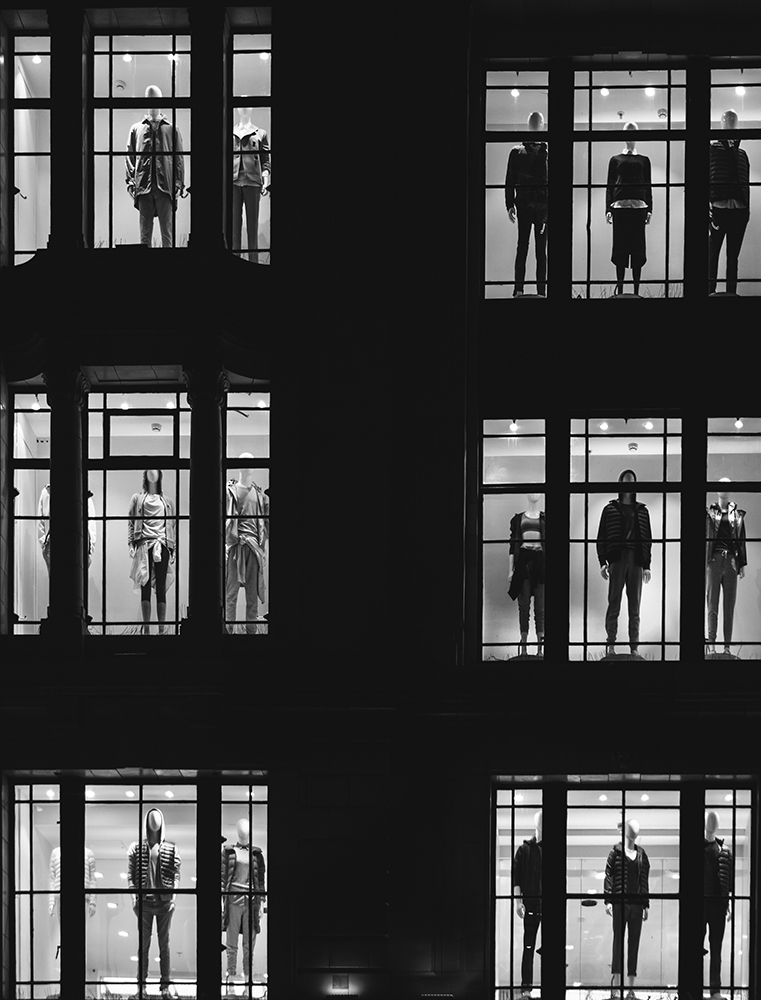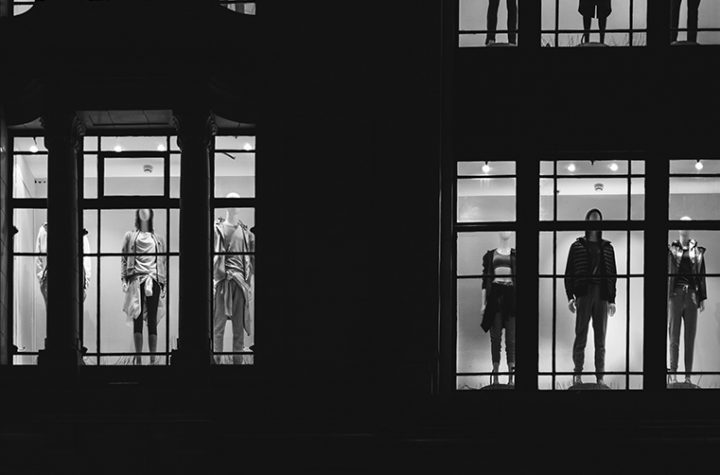
Enlarge/ Security cameras sit on a pole near the Houses of Parliament in the Westminster district of London, UK, on Monday, Jan. 6, 2020. The Metropolitan Police will be adding new “live facial recognition” systems to their sensor collection, aimed at spotting wanted persons walking through targeted areas.
75 with 60 posters participating
Officials at the Metropolitan Police Service of London announced last Friday that the force will soon begin to use “Live Facial Recognition” (LFR) technology deployed around London to identify people of interest as they appear in surveillance video and alert officers to their location. The system, based on NEC’s NeoFace Watch system, will be used to check live footage for faces on a police “watch list,” a Metropolitan Police spokesperson said. The real-time facial-recognition system will target suspects in violent crimes, child exploitation cases, and missing children and vulnerable adults, among others.
The video system, the spokesperson noted in a written statement, “simply gives police officers a prompt suggesting ‘that person over there may be the person you’re looking for'” and that the decision to act on that information will always be made by officers in the field. Initially, the system will be deployed at locations “where intelligence suggests we are most likely to locate serious offenders,” the spokesperson said. “Each deployment will have a bespoke ‘watch list’ made up of images of wanted individuals, predominantly those wanted for serious and violent offenses.”
Assistant Commissioner Nick Ephgrave said, “As a modern police force, I believe that we have a duty to use new technologies to keep people safe in London. Independent research has shown that the public support us in this regard. Prior to deployment we will be engaging with our partners and communities at a local level.” That engagement will include officers handing out leaflets explaining the program at locations where the technology is deployed.
Live facial-recognition systems have become part of many private organizations’ internal security operations. In Las Vegas, a number of casinos have used facial-recognition systems for decadesnot only to spot potential criminals but to also catch “undesirables” such as card counters and others who have been banned from the gaming floors. (I got a first-hand look at some of those early systems back in 2004 while reporting on the gaming industry’s use of facial recognition, license plate readers, and other surveillance technologies.)
Most of the earlier systems operated at relatively low rates and depended a great deal on humans in the loop to confirm results. Over the past few years, however, machine-learning-based facial-recognition systems have made live facial recognition more powerful and much more scalable.
Facial-recognition technology similar to the NEC system has already been widely deployed across China, with about 200 million cameras by the government’s own estimate. And the Metropolitan Police is no stranger to the technologyin 2015, while now-Prime Minister Boris Johnson was mayor of London, the police service asked for access to Transport for London’s automatic number-plate recognition (ANPR) camera system to perform real-time facial recognition of motorists entering London.
And while these systems have depended on government databases, private companies’ own databases of images have begun to be tapped as well. Amazon’s Rekognition system and other facial-recognition services that can process real-time streaming video have been used by US police forces as well as for commercial applications. And as the New York Times’ Kashmir Hill reported earlier this month, some US law enforcement organizations are using a service from a company called Clearview (a startup backed by Peter Thiel and co-founded by a former mayoral aide to Rudolph Giuliani) to perform facial-recognition searches against images scraped from social media and other sources.
These systems are not foolproof. They depend heavily on the quality of source data and other aspects of the video being scanned. But Ephgrave said that the Metropolitan Police is confident about the system it’s deployingand that it’s balancing its deployment with privacy concerns.
“We are using a tried-and-tested technology and have taken a considered and transparent approach in order to arrive at this point,” said Ephgrave. For now, the system will not be tied to existing CCTV systems or other police imagery systems. The initial deployment is to be limited to cameras capturing people passing through targeted, relatively small areas.
Areas under the surveillance of the system will be marked with signs. Ephgrave said that the deployment required “that we have the right safeguards and transparency in place to ensure that we protect people’s privacy and human rights.”





More Stories
“Nobody is the reason for my death. My family is having to bear a lot of expenses because of me. I am a burden to them, my education is a burden to them….” A day after she wrote this note, Aishwarya Reddy, a student at Lady Shri Ram College for Women in Delhi…
Tom Brady’s arrival had the Buccaneers dreaming of an NFC South title, but the Saints showed the QB and his team they’re a far from being a contender.
Barnaby Joyce claims he told Malcolm Turnbull ‘others’ were having affairs